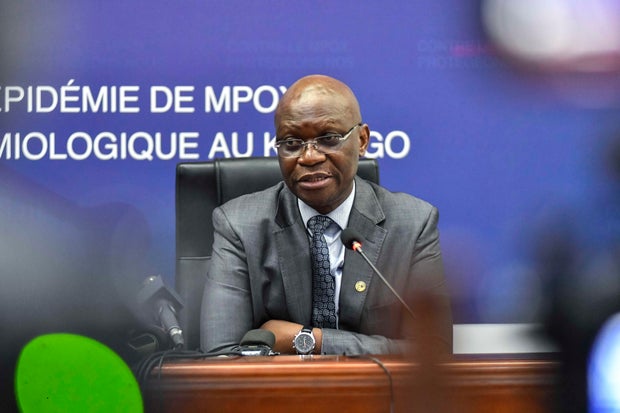Johannesburg — For weeks it was simply called “Disease X.” But he mysterious flu-like illness that has killed more than 143 people (mainly women and young children) in the Democratic Republic of the Congo has finally been identified.
“The mystery has finally been solved,” Congo’s Health Ministry said in a statement on Tuesday. “It is a serious case of malaria in the form of a respiratory disease.”
The health agency said malnutrition in the worst-affected region had weakened the immunity of the local population, leaving them more vulnerable to the disease. People who have contracted malaria infection have had symptoms including headache, fever, cough, and body aches.
Congo’s health minister had told reporters that the country was on “high alert” for the spread of the previously unidentified disease, and health officials told CBS News in early December that the remoteness of the outbreak’s epicenter and The lack of a diagnosis made it difficult to launch a concerted response.
Samy Ntumba Correspondent/AP
At least 592 cases were reported after Congo’s Health Ministry first issued the alert on October 29. The ministry said the disease had a mortality rate of 6.25%. According to the World Health Organization, more than half of the recorded deaths were children under five years old who were severely malnourished when they contracted the disease.
At a press conference on December 10, WHO Director-General Tedros Adhanom Ghebreyesus said 10 of 12 samples from patients suffering from the mystery disease had tested positive for malaria, but he said they were still carrying out tests at the time. tests to detect other diseases.
The Congolese government had sent a rapid intervention team to Kwango province, 435 miles southeast of the capital Kinshasa, made up of epidemiologists and other medical experts. Their goal was to identify the disease and mount an appropriate response. Government officials had previously warned locals to avoid touching people infected with the disease or the bodies of those who had died.
Congo has suffered many disease outbreaks in recent years, including typhoid fever, malaria and anemia. The country has also faced a mox outbreakwith more than 47,000 suspected cases and more than 1,000 suspicious deaths from the disease, according to the WHO.
Anti-malarial drugs provided by WHO were being distributed to local health centers in Congo, and WHO officials said more medical supplies would arrive in the country on Wednesday.
It is the rainy season in the Congo, which often increases malaria cases and will undoubtedly complicate treatment for those most at risk.







